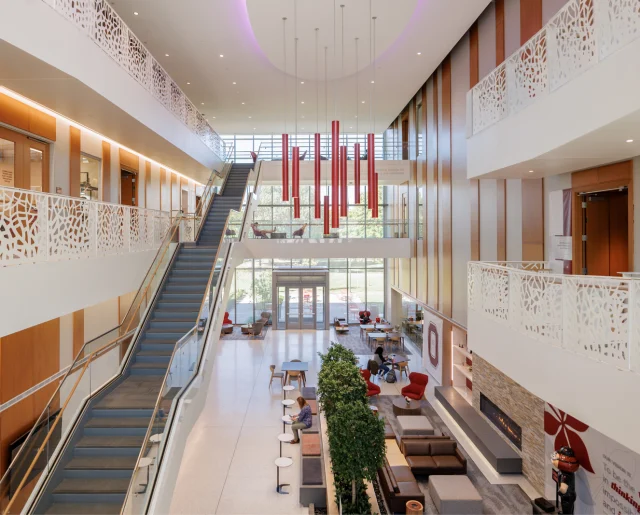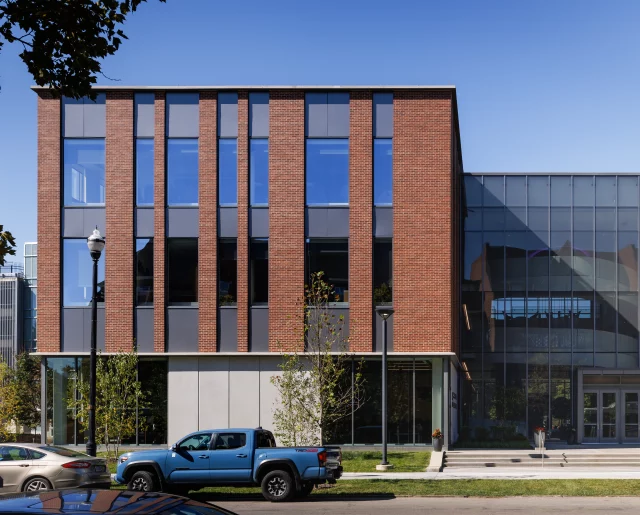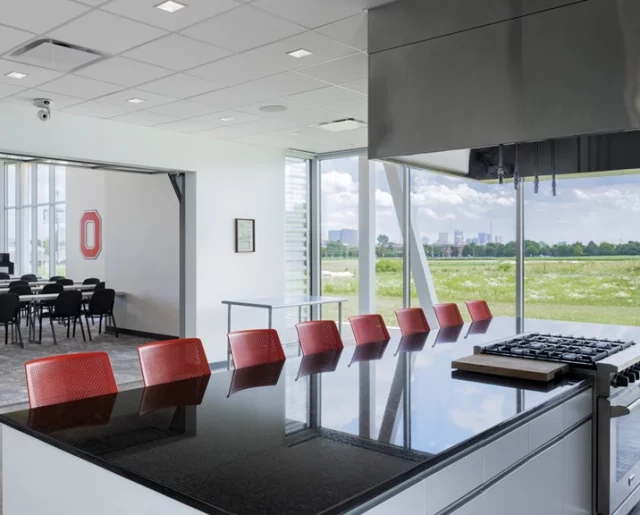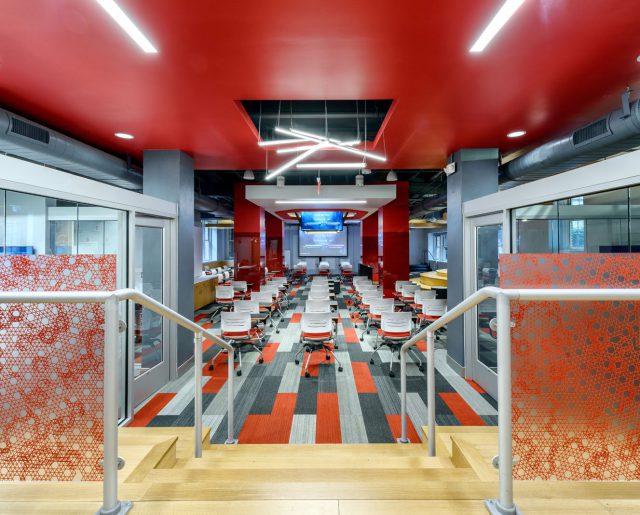Three Key Things to Consider when Designing for the Future and Flexibility

Darice Cadriel, Higher Education Senior Project Architect, offers over a decade of experience with a diverse portfolio of award-winning design in Public and Institutional sectors, including Higher Education and K-12.
Spaces change because people change. There is power in designing for the flexibility and future needs of many end users.
To me, architecture is a service, so expert design must include the creation of a healthy and inspiring space for future users. More than ever, we are at a time where intentionality should be at the forefront while designing for the end user, even fifty years down the road.
When designing, we ask the question, “How does this serve the end user beyond ten years?” Taking a holistic approach aids in creating a healthy and inspiring environment.
- Healthy Environment – access to daylight, views of nature, air quality, water quality, anything vital to the healing process.
- Inspiring Environment- how a space affects us subconsciously, the emotions it evokes controlled through intentionality.
In order to create healthy and inspiring places, with the inclusion of sustainable design, it is important to consider the following three things:
1- Programming and Predesign
Programming and predesign is the first step of a new project. In this phase, the client and design team work together to develop a program that will define the current and future needs of the occupants. This phase relies on lots of communication and planning that, in turn, becomes the backbone of great design.
Proper research, exploration and ideation on each project is paramount in laying the framework for a healthy and inspiring environment.
In practice, this looks like working closely with a client to take stock of what they have, what they need and where they dream to be. From deep dives into the daily workings and logistics of a project, to the aesthetic design elements, everything must be addressed.
Developing flexible and future oriented design begins with early imagination in client meetings. My tried and true process includes working in tandem with clients to imagine every scenario for growth opportunities inside their business operations. From there, we move on to design, keeping in mind any future needs that may arise and how a space can be built to accommodate and support subsequent growth or change.
2- Flexible Furniture
A way to give future end users choice, comfort and control is by selecting furniture that allows for adaptability.

By incorporating furniture that is movable and deconstructible, there is more flexibility for collaboration, activation and growth. For example, by integrating adaptable furniture into design, a space can be transformed from a room full of individual desks to desks joined together for an activated collaboration session.
In the end, the flexibility of furniture plays an important role in giving current and future users of a space the option to curate the environment based on their needs.
3- Technology
Technology is ever changing and always evolving. As designers, it is critical that we ask how spaces are designed to accommodate current and future technological advances. Specifically, we ask “How can this design be adaptable to technology that will arise in years to come?”
In healthcare and higher education especially, constant technological innovation challenges designers to align with the demands and standards in their field.

In the last few years, I have noticed that outdated ceiling projectors are being replaced with mobile flatscreens. Changes like this indicate that technology design is trending more towards adaptable functionality and less towards built-in technology pieces.
This trend also aligns with the flexibility to take virtual or in-person meetings, showing how technology in the built environment should be accommodating to the different needs of people today.
As a designer, it is a priority that clients, and end users, feel that their space ultimately facilitates better interactions with technology.
Overall, with the strong value that design is a service, I believe that the built environment has the potential to be a healthy and inspiring space for all. Designing, while oriented around flexibility and future-thinking, is shaped by programming + predesign and adaptable furniture + mindful technology.







